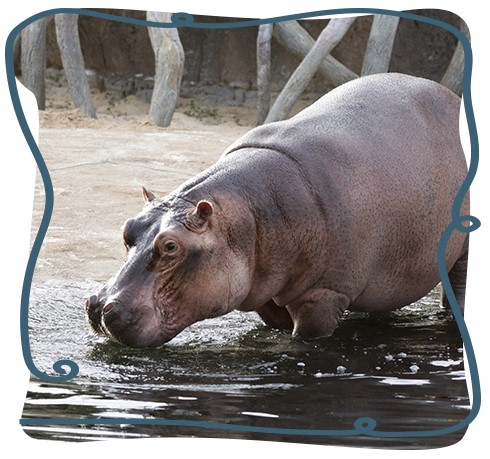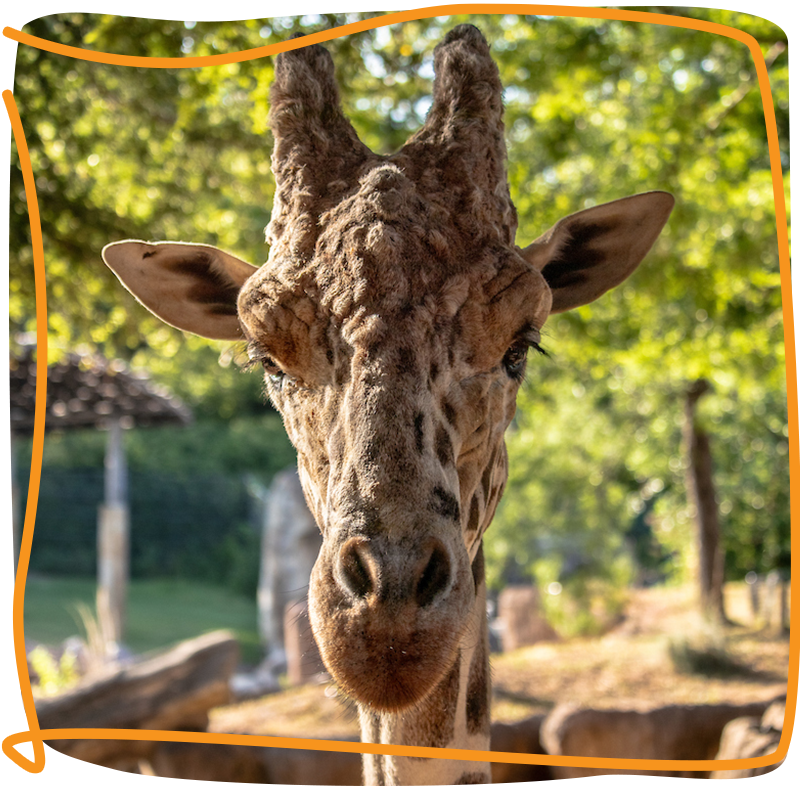Give the gift of Membership
Give your family and friends a full year of fun and adventure with a membership to the Dallas Zoo! They’ll get tons of member benefits including FREE admission, unique animal experiences, and so much more. They can redeem their gift when they’re ready to start their year of adventure!



